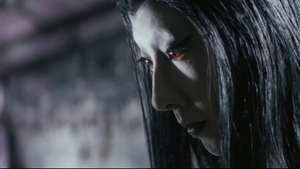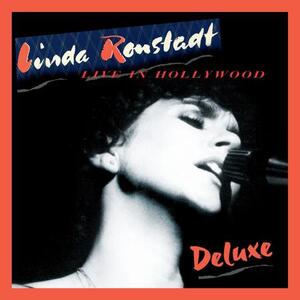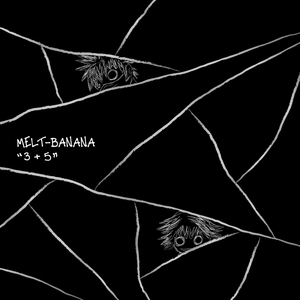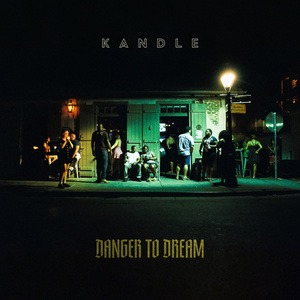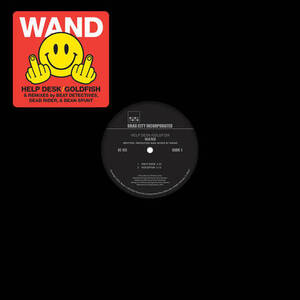The Prime Time Closet
by Stephen Tropiano
Applause Theatre Book Publishers
“closet”
Gay viewers account for 6.5 percent of all television households, according to an estimate by MTV and Showtime, who earlier this year announced plans to launch a “gay” cable channel (What, E! wasn’t enough?). Prior to the at least somewhat more-enlightened late 1990s and current 2000s, those households had to wait to see sensitive portrayals of themselves and their lives in that most popular of popular culture.
The Prime Time Closet catalogues television’s approach to homosexuals and homosexuality over the past half-century. Gays and lesbians have had an even rougher time of it in television than blacks, and blacks certainly haven’t had a picnic. But even in television’s early years there were exceptional black performers to admire. Homosexuals had to wait years to see a proud, openly gay man on TV, and only a little under half a century for a lesbian to be the lead character in a series. From the origin of television up through the late 1970s, they were more likely to see themselves presented as in need of psychiatric treatment or figures of “good-natured” ridicule, at best, and evil or dead at worst.
Author Stephen Tropiano’s approach is nicely evenhanded, at different times philosophical, critical, and funny about his subject. He divides the programs into four groups: The medical drama, the “law and order” drama, dramatic series, and sitcoms. He skillfully summarizes the best and worst episodes in each of his categories, and his analyses are generally straight (you should pardon the expression) and to-the-point. He is especially adept at taking note of those character types of unfulfilled promise from televisions first 45 years: The lesbian who is introduced so her sexuality can be made an issue for an episode or two, and then either discarded or, at best, toned way down; the gay friend of the straight person who invigorates otherwise dull, workhorse sitcoms by playing the Wilde card. He also attempts to place gays and lesbians on TV in a historical context, by reminding us of things such as that network dramatic series like St. Elsewhere were up to the challenge of addressing AIDS literally years before President Reagan.
Tropiano rarely lets “political correctness” (whatever that is – but that’s a much longer discussion for another time) interfere with his eye for quality television. He looks at characters such as Joey Heric, the gay murderer on The Practice, as “not exactly giving homosexuals a good name,” but doesn’t shy from admitting “when played so deliciously by character actors like (John) Larroquette… they’re undeniably entertaining.” He saves any venom for the out-and-out (you should pardon the expression, again) homophobes, and who better? Writing of a “homosexual teachers” discussion broadcast locally in Los Angeles, Tropiano makes a point to say the participants “included some openly gay teachers as well as some people (let’s just call them idiots) with a clear anti-gay bias.”
The book is obviously (and admittedly) a successor in interest to Vito Russo’s study of gays in film, The Celluloid Closet, which was made into the great documentary of the same name. It is also reminiscent of Donald Bogle’s insightful history of African Americans in television, Primetime Blues. But what Tropiano lacks is Bogle’s splendid knack for making the reader see things from his point of view. When I disagreed with something in Bogle’s work, I at least thought he made his argument well enough for me to understand. Tropiano is sometimes too shallow. Rather than devoting valuable page space to gay-themed episodes of even the most short-lived programs that weren’t much more than a blip on the national consciousness, he might have done better by taking a more in-depth look at some of the more important ones. For example, in his praise for Will And Grace, he quite rightly attributes its success to “one thing – it’s funny.” But he doesn’t have space to mention such questions as after four years, why doesn’t Will have a steady boyfriend yet? There are also enough unfortunate printing errors to make a writer curse, though this is hardly Tropiano’s fault. However, his summary of events in some series, such as the two Buffy the Vampire Slayer episodes he discusses, are a little simplistic and out-of sequence. But that is, admittedly, nitpicking. What’s really unfortunate is that the book went to press before Buffy’s conclusion this season; it would have been nice to have his take on the destruction of what he calls “prime examples of how gay and lesbian characters…can be integrated into a series without their homosexuality ever becoming an issue.”
Tropiano’s brief afterword consists of a hopeful look forward to that proposed gay cable channel and what it could offer. An appendix consists of “top 10” lists in different categories of “The Best of Prime Time Closet.” These are fine, but what this book needs, in TV terms, is a tag – that little filmed postscript before the end credits. I’m not asking for the equivalent of the dreaded “It’s OK to be gay” speech which, Tropiano points out, tied up too-many gay-themed TV episodes into a neat little package. He doesn’t need to cross every “T” – but some sort of summation would have been nice.
Tropiano’s book falls short of being definitive, but will still be a valuable reference for those seeking to debate the role of gay and lesbian characters in television as well as, it is to be hoped, writers, producers and creative teams wishing to avoid the stale clichés of the past.







